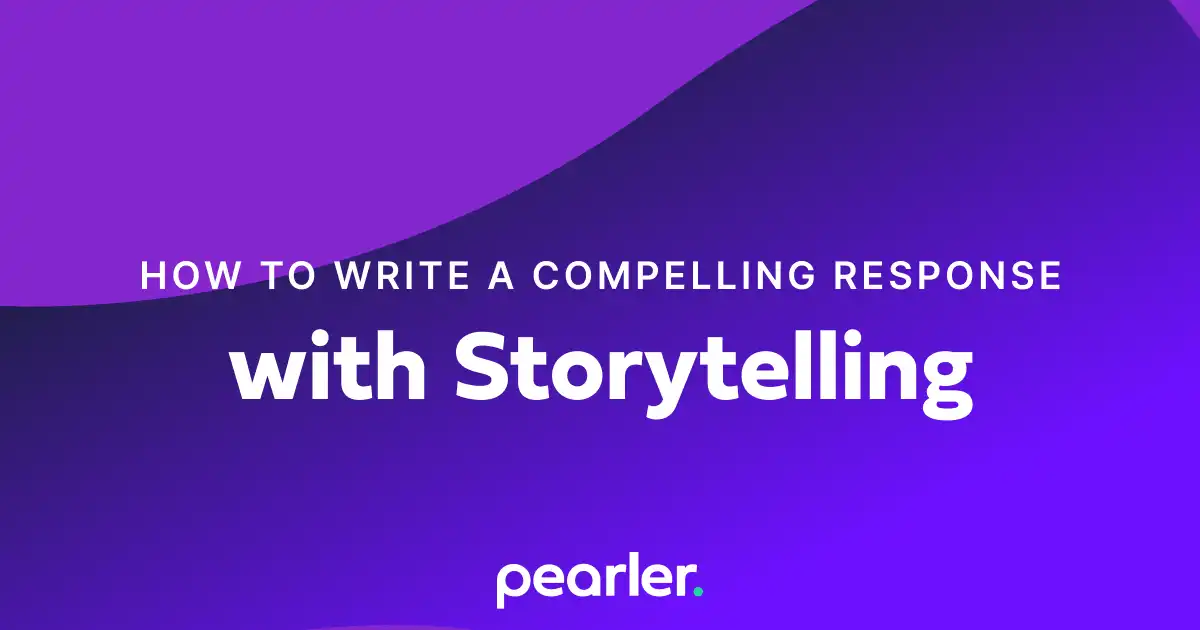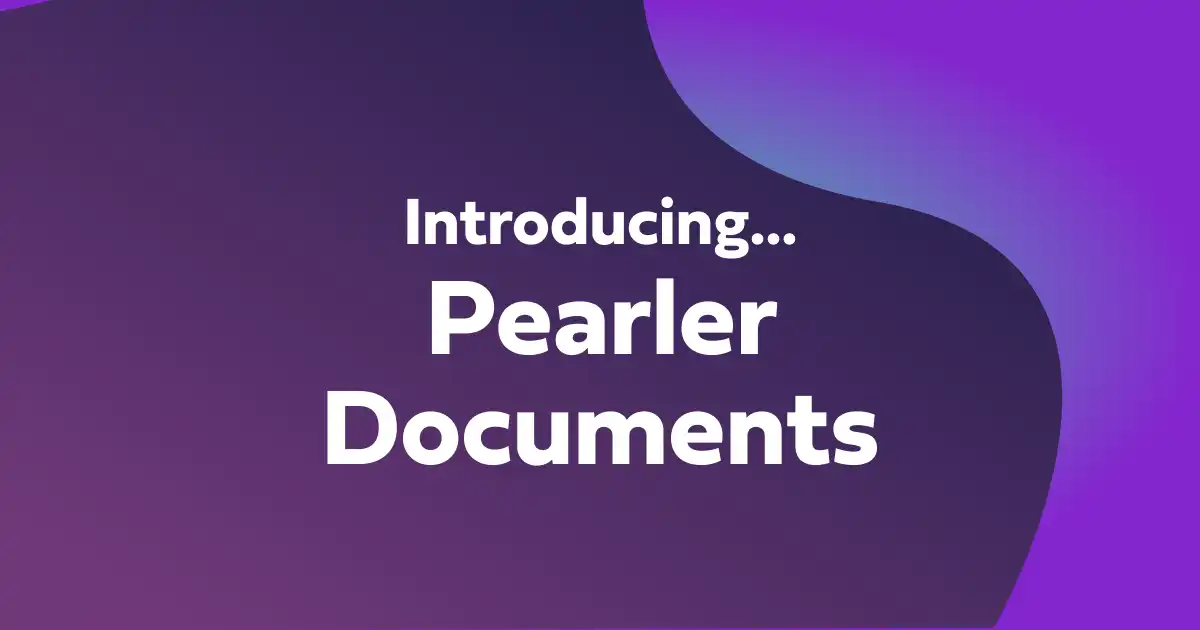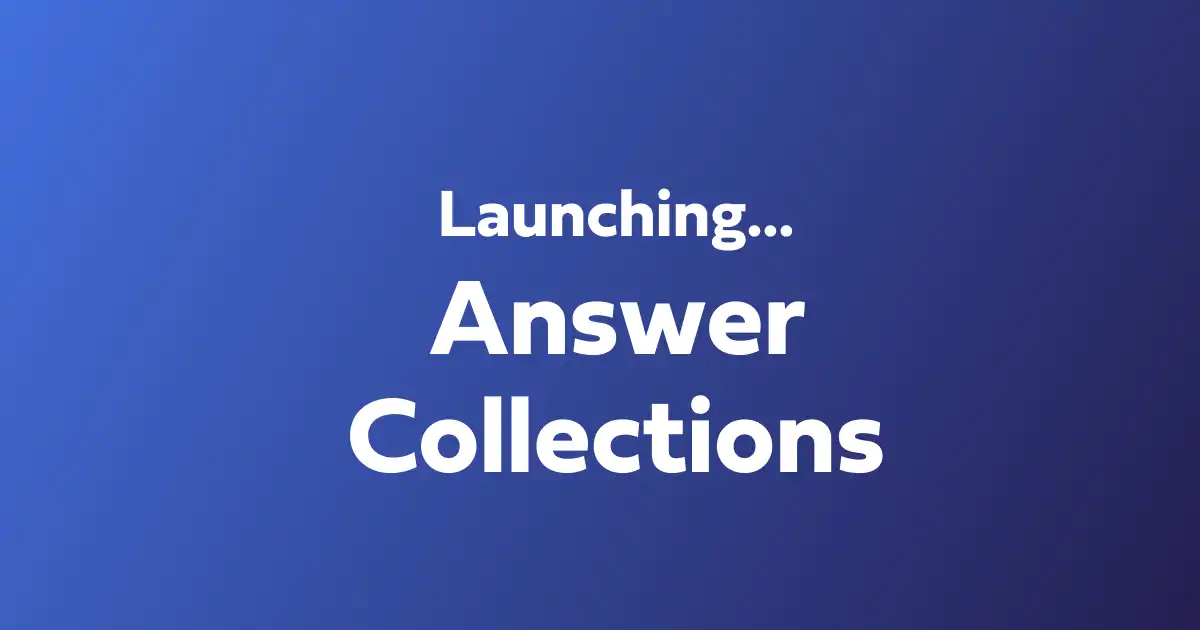Powerful Story Telling through RFPs

16th May 2023
Furthering RFP Potential Through Powerful Storytelling
Despite being in short supply, trust remains a vital currency in sustainable customer relationships, according to an article published in the Harvard Business Review in June of 2022. In fact, a 2021 survey of 1,000 consumers concluded that more than 80% consider trust as a deciding factor in their buying decisions. This goes to show that in order for a marketer to establish trust and credibility with the target audience, developing content that aims to build trust is essential.
Blog posts and customer case studies have long been established as providers of opportunities in establishing trust with the target audience. However, most marketers are yet to discover the potential of RFPs in doing the exact same thing. RFPs have long been effective tools in establishing trust and credibility, but with the integration of powerful and authentic storytelling in your RFP responses, the results could exceed your expectations.
Who doesn’t love a good story?
Vanessa Boris of Harvard Business Org reveals that “Good stories do more than create a sense of connection. They build familiarity and trust, and allow the listener to enter the story where they are, making them more open to learning. Good stories can contain multiple meanings so they’re surprisingly economical in conveying complex ideas in graspable ways.”
As a good sales rep, it is expected that part of the job description is to uncover the needs of the prospect. However, being able to incorporate a powerful moving story to build lasting relationships is a completely different magic of its own.
Being in possession of this particular superpower means understanding that an RFP is more than just a sales pitch or proposal. When utilised correctly, it can open more opportunities to create an impact in telling your organisation’s story that can resonate with your target audience.
Everyone has stories to tell so it all boils down to which ones are powerful enough to be listened to. In a study conducted by the London School of Business, it was discovered that people retain 65 to 70 percent of information shared via a story versus only 5 to 10 percent of information conveyed through statistics. Taking advantage of this information will not only help you cater to your prospect’s needs but will actually encourage them to listen and engage with your brand.
Being able to present your ideas in the form of a story shows target audiences your sincere understanding of their personal experiences, therefore giving them the assurance that the solution you come up with sets itself apart from your competitors. Storytelling is more than just showing a glimpse of why your prospects should choose your product or service, but making them experience what would be expected when they do.
Just like any other marvellous tale, great stories are defined by their content
When crafting winning RFP responses, you have to keep in mind that it should be more than just a mere document that solicits proposals, but must be encapsulated by the right story. When choosing a story to attach to your responses, you must make sure that it is informative, yet captivating for your readers. Of course, to be able to do that, you must discern your prospect’s wants and needs so that you will have a clear understanding of their expectations. This will help you create the best story to include in your RFP responses that will accomplish your goal.
Great stories are known to possess conflicts and resolutions, that is the element of the story where readers are usually inclined to put themselves in the character’s shoes. It could be a great way of showcasing your company’s ability to address specific problems your prospects are looking to solve. You may also include in writing similar experiences faced by the founders of the company in order to relate to the prospects that you were also once confronted with similar issues.
In choosing stories to include, you have to remember to identify your prospect's underlying needs. Once this has been clearly identified, you can now begin to determine the type of impact your product or service will have on their business. Of course, you will then have to justify that your product is the best solution for them. Since this is an integral part of the process, proper data, reliable testimonials, and updated customer case studies must be provided accordingly.
Following these reminders will guarantee brand stories that will resonate with your prospects and will definitely stick with them. The consistency in the story that you tell will make it seem reliable and trustworthy, effectively building trust with both the audience and your prospects.
Your stories don’t need to be constantly changed. The core message must remain the same, despite being broadcasted to different marketing channels, or despite coming up in varying conversations with different groups of customers.
Remember: consistency is key. At the end of the day, it doesn't matter how much you have the story memorised if your team doesn’t have the same energy in telling it as you. To keep up with consistency, make sure that you train your team on how to use storytelling when answering questions and helping your prospects make buying decisions. Inform them that you are out with the old and in with the new. Enumerating features will not be enough in trying to engage prospects with your company, but rather the stories that surround it that make a huge difference.
With a little bit of training, your team will be able to explain to your prospects the benefits of your products or services that could give them their happily ever after.
It never hurts to keep several stories under your belt
You’re aiming for consistency and reliability, but at the same time, trying not to be repetitive. You have to make sure that you and your team have several stories that you can access right away. To make sure that your RFP response will stand out from the rest, it must contain accurate and engaging detail. And since we are talking about details, these should be well-organised to be able to communicate the story more effectively.
It is highly recommended to have an RFP content library that will help you organise all of the stories you have come up with. This will also be the most efficient way for your team to be able to gain access to these stories when needed.
In making sure that the RFP content library you put up shall serve its purpose, it is important to curate the priority RFP content you have created. Always keep in mind that the stories are the magic behind your RFP response, so it is a must that the content informs your readers and, at the same time, draws them in. Your products or services are the main characters of this story, so make sure to clearly illustrate the advantages for your prospects. At the same time, don’t leave out detailed, colourful answers, but still ensuring that your business is not just a thing from fairy tales. Instead it is real and very much human, with similar experiences. Encourage your team to contribute compelling stories to be added to the content library.
The key to an effective and efficient content library is organisation. For quicker and easier access, you will find it best to categorise your responses by placing them under appropriate sections. This task is very similar to organising an actual library and might seem extremely complicated, but different technology solutions, like Pearler.ai, can be used in order to set up a non-ambiguous tagging system that works. Be sure to establish clear guidelines for your tagging system that will be abided to by your team, as well as hold regular training sessions to keep everyone on board updated with the tagging strategy.
Finally, you have to make sure that your content is regularly updated. Just like any other library, the way to maintain it is to keep a fresh and up-to-date collection of stories. Be sure to always come up with new and engaging RFP responses that are scheduled to be audited and checked regularly. This will help you make sure that the new content that is added will be at par with the ones already in the collection. Take advantage of the regular audits, and assign content to subject matter experts and instruct them to set up a tagging system that will be helpful in updating and rearranging the content collection.
The stories you tell in your RFP responses make all the difference
Winning over your prospects should be more than just dictating your sales pitch or proposals. It should be treated as a way to introduce your brand’s story, relate experiences, and offer solutions in the most captivating yet realistic way. These stories incorporated in your RFP responses show the prospects that you can relate to and understand their needs and wants, anticipating a compatible long-term relationship with them.
Request a demo on how you can use Pearler.ai to set up an RFP content library of your own.
Other Blogs
Looking for more help using Pearler? No problem. Here are some other guides to help you get to know your way around all our great features.

Pearler's Latest Feature: Never forget to attach documents again!
Document management is an essential part of responding to an RFP or Security Questionnaire. It's important that the documents you send are always up to date and accurate.

Launching our AI Answer Assistant
Ridiculously great RFP responses just became childs play. Suggest, Write & Re-write fully integrated.

Answer Collections & Tag Filtering
Gold standard just got higher - Pearler has just launched Answer Collections & Tag Filtering which help to keep all of your content organised